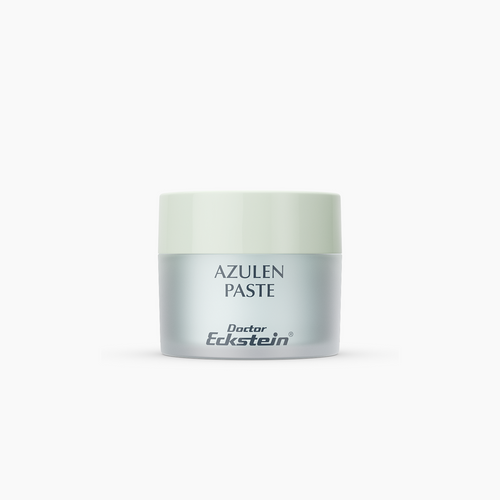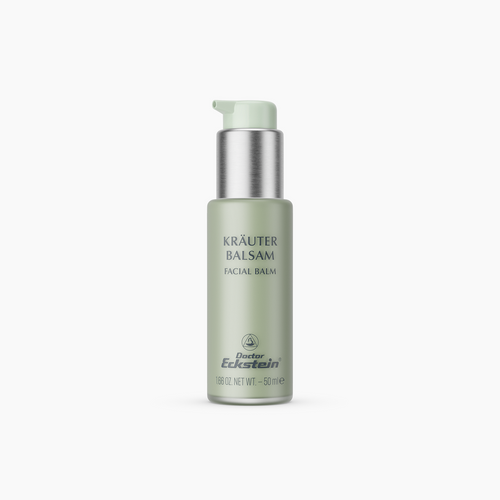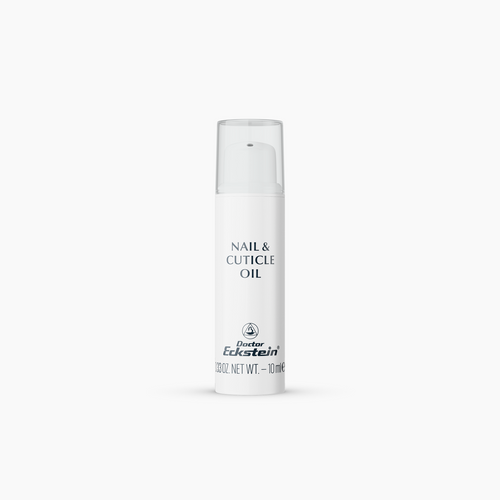There’s a lot to appreciate about the clean skincare movement. It has encouraged more awareness around ingredients, sparked conversations about product safety, and reminded us that beauty and health go hand in hand.
But with that progress has come a fair amount of confusion.
In the effort to appear safer, greener, or more natural, some brands have started leaning on greenwashing skincare. Greenwashing is a marketing strategy that makes a product seem more environmentally friendly or health-conscious than it really is.
Fortunately, we live in a time when consumers have access to more information than ever before. And as responsible skincare formulators, we believe it’s our duty to help people look beyond the surface.
In this post, we’ll unpack the reality behind the “clean” label, and how some brands trick customers with buzzwords that don’t mean much.
The Problem with the Word ‘Clean’
The word clean sounds reassuring, like the promise of something pure, gentle, and safe. But in the world of skincare, it isn’t a regulated term.
There’s no universal standard for what makes a product clean. Each brand sets its own definition. Some avoid sulfates or silicones. Others leave out alcohols, parabens, or synthetic fragrances. A few go so far as to label anything not 100% natural or “chemical-free” as harmful or unsafe.
Skincare isn’t that black and white. Dividing ingredients into categories like clean or dirty, natural or synthetic, oversimplifies a very nuanced picture. It also leads people away from well-researched, high-performing options that may be the better choice for their skin.
Nature-Identical Ingredients Are Often the Smarter Choice
A large part of clean beauty revolves around natural skincare products. The idea is that plant-based or naturally derived ingredients are automatically better for both skin and the environment.
However, many natural ingredients have synthetic counterparts that are just as safe, and in some cases, more sustainable. These are called nature-identical ingredients—lab-created versions of molecules that exist in nature.
Vitamin C is a good example. It can be extracted from citrus fruits, or it can be synthesized in a lab. Both forms have the same structure and function, but the lab-made version can offer more consistent results and better stability.
Nature-identical ingredients also carry other environmental benefits:
-
They don’t require farming or harvesting, which helps conserve land and water
-
Their stability can extend shelf life and reduce product waste
-
They can be purified more effectively, lowering the risk of allergens or contaminants
In skincare, synthetic doesn’t always mean artificial in the negative sense. When carefully selected and properly formulated, these ingredients can sometimes yield better results than their naturally-derived alternatives.
Preservatives Are NOT the Enemy
One of the most common claims in clean skincare is “preservative-free” or paraben-free skincare.
It’s understandable. Over the years, certain preservatives have received a bad rap based on outdated studies or misinterpreted research. But they serve an essential role, even in natural skincare products.
Preservatives help protect formulas from bacteria, mold, and yeast. They keep your skincare products safe, stable, and effective over time. Without them, your favorite cream or serum could become a breeding ground for infection.
Doctor Eckstein uses preservatives where they’re needed, and only in amounts that are proven safe and effective. Each of our ingredients serves a purpose, including keeping your skincare fresh and stable from the first use to the last.
It’s Not Just the Ingredients. It’s the Dosage and the Formula
Another problem with clean skincare messaging is that it focuses too much on what’s not in a product, rather than how it’s formulated.
The way an ingredient is used matters just as much as the ingredient itself. Two skincare products can use the same active ingredient, but behave completely differently based on:
-
The concentration used
-
The other ingredients in the formula
-
The product’s pH, delivery system, and stability
Labeling an ingredient, like alcohol or a synthetic preservative, as “harsh” or “toxic” ignores this complexity. Yes, in high concentrations or poorly formulated products, they may cause dryness or irritation. But in low, controlled amounts, they can help with absorption, texture, and shelf life, without compromising skin health.
The Danger of Misinterpreting Scientific Studies
Many sustainable skincare claims are based on studies that sound alarming but don’t always reflect how skincare is used in real life.
For instance, you may read that an ingredient “caused tumors in rats” or “disrupted hormones in a lab test.” While these findings may be accurate in their original context, they are typically misunderstood or taken out of proportion.
There are a few key points to keep in mind:
-
Many studies are conducted on animals or isolated cells, not human skin
-
The doses used are far higher than what is found in skincare products
-
An ingredient that is harmful at very high levels may be completely safe in small, controlled amounts
Understanding scientific studies requires training and context. Pulling out a single line or result without that context can lead to unnecessary fear and confusion.
‘Chemical-Free’ Is a Myth
Let’s clear up a common misconception: nothing is truly chemical-free.
Water is a chemical. So is oxygen. Your skin, the air around you, and even natural ingredients like strawberries or seaweed are made of chemicals.
“Chemical-free skincare” is a marketing phrase, not a scientific one. Although it’s meant to sound safe, it doesn’t mean anything concrete. Worse yet, it adds to the idea that all chemicals are bad, and all natural substances are good: which, again, is not true.
The goal isn’t to avoid chemicals. It’s to choose skincare products that are thoughtfully formulated, thoroughly tested, and designed to support your skin.
What ‘Clean’ Could Mean, and What to Look for Instead
None of this is to say you should ignore ingredient lists, stop caring about sustainability, or not seek safer, more eco-conscious options. Curiosity, awareness, and high standards are good things.
Clean skincare can have value when it’s approached with integrity and transparency. It simply requires looking past buzzwords and focusing on what makes a product truly safe, effective, and responsible.
Here’s what we suggest looking for instead of just the ‘clean’ label.
-
Full ingredient transparency
-
Well-balanced and stable formulas
-
Evidence-backed claims
-
Good-Manufacturing practices
-
Sustainable sourcing and packaging
-
Third-party testing
At Doctor Eckstein, our formulas are developed in-house, supported by decades of research, and built on transparency, quality, and sustainability. We approach clean beauty the way it should be—with science, intention, and a genuine respect for your skin.
‘Clean’ Isn’t Always Clear
On one hand, the clean skincare movement has helped push the beauty industry toward more transparency and accountability.
On the other, it has blurred the line between advertisement and fact.
When clean skincare becomes shorthand for “better” or “safer,” we risk letting marketing terms do our thinking for us. That’s where greenwashing skincare takes root—leading well-meaning consumers to believe they’re making healthier choices, when in fact, the label may not tell the full story.
The next time you reach for a product labeled paraben-free skincare or chemical-free skincare, take a moment to read beyond the front of the bottle. Don’t be afraid to ask questions, explore the ingredient list, and choose products that are suited to your skin.
Doctor Eckstein offers professional-grade formulas that balance safety, performance, and sustainability, without relying on empty labels. Browse our collection or contact us to find what works best for your skin.





